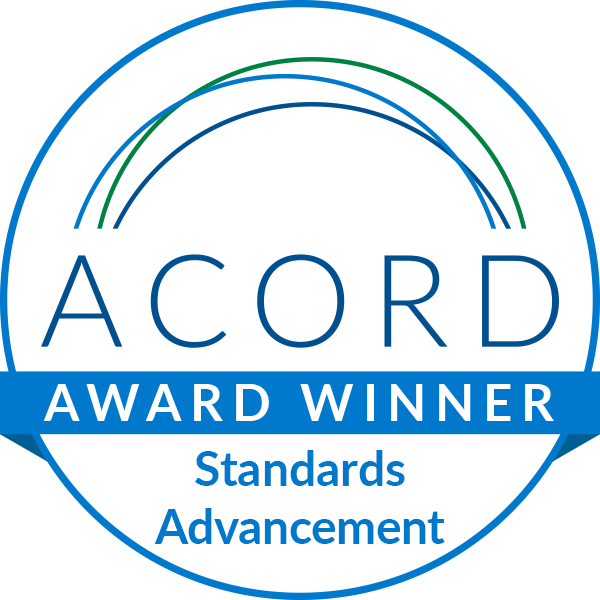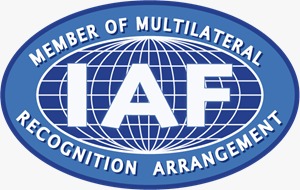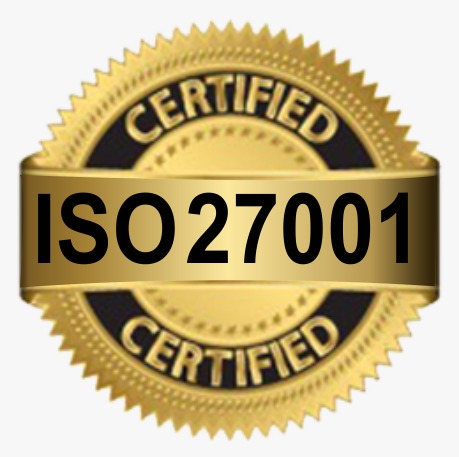Overview:
RDS is a Relational Database Service that helps you to manage your database on the cloud through the desired database engine. The AWS RDS and database administration tasks can be managed easily through simple steps.
Amazon RDS is a fully manageable and scalable cloud service that takes care of all the maintenance, backups, and patching for you. You can take the backup manually or schedule the Amazon RDS for automatic backup. Amazon RDS provides the facility to scale up and scale down the CPU, MEM, and IOPS. If your requirement is high memory, high CPU and low IOPS then you can easily allocate the desired numbers.
Amazon RDS DB Engines
Amazon RDS allows you to manage your database over six engine options provided by Amazon Web Services. Choose your desired product you are already familiar with. All AWS database engines have their own features that completely fulfill the requirements of the users and their business requirements. Database engines are listed below:
Amazon Aurora
Amazon Aurora has compatibility enterprise-class database of both MySQL and PostgreSQL which provides up to 64 TiB SSD storage and also promised 6 ways of replication across 3 availability zones.
MySQL
MySQL is one of the widely used open-source databases in the world. MySQL is also supported by Amazon RDS that offers up to 32 TiB database size. It supports automatic backup features and recovery options where you can recover the database easily.
MariaDB
MariaDB supported the features similar to the MySQL server. It comes with 32 TiB database size where you can scale the database size according to the requirements.
PostgreSQL
PostgreSQL is a powerful database management system. PostgreSQL RDS databases system supports up to 5 Read Replicas per instance, within a single region or cross-region. You can add multiple extensions in order to use more functionality within the database.
Oracle
Oracle comes with four different editions namely Oracle Enterprise Edition, Oracle Standard Edition, Oracle Standard Edition One and Oracle Standard Edition Two. Each edition supports different vCPUs values that make these editions more reliable and secure.
Microsoft SQL Server
Microsoft SQL Server was also introduced with four different editions. The SQL Server Express Edition, SQL Server Web Edition, and SQL Server Standard Edition. Microsoft SQL Server is able to manage the entry-level database as well as high-end level databases. If you are starting from entry-level then you can choose ‘SQL Server Express Edition’ up to 10 GB of storage capacity.
Amazon RDS DB Instances
A platform where users can operate their database over the DB engine is called DB Instances. DB instances run the database over the cloud. It comes with useful resources that help the users to manage their database as per business requirement. Users can modify the DB instance classes in order to change the RAM, CPU and storage capacity according to the time and as per business perspectives. Please note that if the user’s database is hosted on Amazon RDS, then the user needs to connect the DB through any SQL standard client application as direct host access doesn’t allow by Amazon RDS.
Amazon RDS Security
The user can enhance the security of the Amazon RDS database server with the help of Authentication and Access Control methods and predefined security groups. Under the Authentication method (User level Authentication) users can define permissions to create the Amazon RDS DB instances and use the RDS resources. With the help of the Access Control method, a superuser can restrict the permissions for valid users that have valid credentials to create Amazon RDS DB instance, create a DB snapshot and so on. Amazon web services support the SSL certificate with MySQL, MariaDB, SQL Server, Oracle, or PostgreSQL DB instances in order to secure and encrypt the connections.
Amazon RDS Backups and Restore
AWS RDS provides two types of back up processes namely Manual and Automatic. By default, RDS creates automatic backups of your database and entire DB instance which are stored according to the user-specified retained period. You can modify the retention period from 1 day to 35 days. The user can also easily restore the backups whenever the user wants to restore from automatically created snapshots. Users can also copy the snapshot within the same AWS Region and across the AWS Region.







[…] that developers can use S3 bucket in their application. A customer can interact with it using the AWS management console and using AWS CLI(Command Line […]